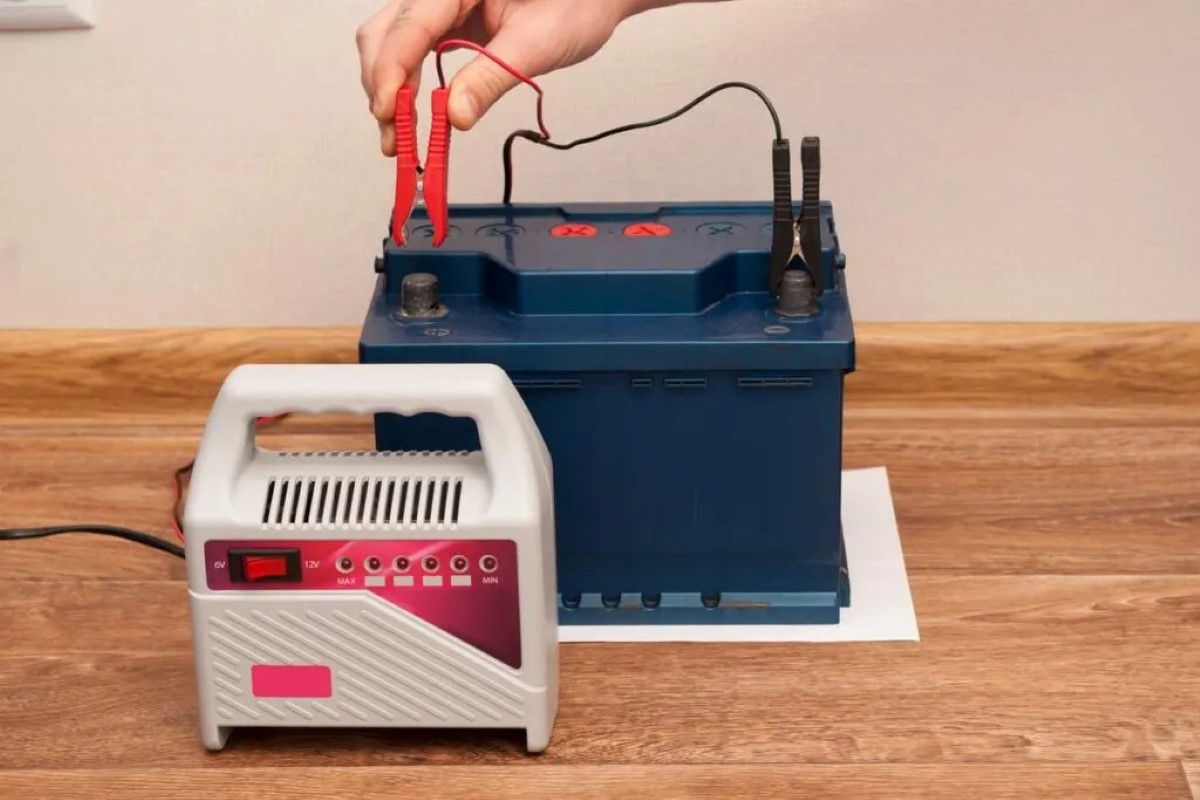

Articles
How To Store A Car Battery Indoors
Modified: January 21, 2024
Learn the best practices for storing a car battery indoors and keep it in optimal condition. Find helpful articles and tips for safe and efficient battery storage.
(Many of the links in this article redirect to a specific reviewed product. Your purchase of these products through affiliate links helps to generate commission for Storables.com, at no extra cost. Learn more)
Introduction
Properly storing a car battery indoors is crucial for its longevity and performance, especially during periods of non-use or extreme weather conditions. A car battery is responsible for starting the engine, powering electrical systems, and providing a reliable source of energy. Without proper storage, a battery can deteriorate, lose its charge, and even become damaged, leading to costly replacements. Therefore, understanding how to store a car battery indoors is essential for every vehicle owner.
In this article, we will explore the importance of proper storage for car batteries and provide a step-by-step guide on how to prepare, disconnect, and store the battery safely. Furthermore, we will discuss the selection of an appropriate storage container, cleaning and inspection techniques, and effective ways to monitor the battery during storage to ensure optimal performance upon reinstallation.
Whether you are storing your vehicle for a long period, winterizing it, or simply want to preserve the battery during times of infrequent use, following best practices for battery storage will help prolong its lifespan and maintain its functionality.
Key Takeaways:
- Properly storing a car battery indoors is crucial for its longevity and performance, preventing premature aging, preserving charge, and protecting against damage. Following best practices can save money and provide peace of mind.
- Steps such as cleaning, inspecting, disconnecting, and monitoring the battery during storage are essential for maintaining its functionality and ensuring a reliable power source for your vehicle. Incorporating tips for prolonging battery lifespan can further enhance its performance and longevity.
Read more: How To Store Car Battery
Importance of Proper Storage for Car Battery
Proper storage for a car battery is essential for maintaining its performance and extending its lifespan. Here are several reasons why it is crucial to store your car battery correctly:
- Prolonged Battery Life: Storing your car battery in a controlled environment can significantly extend its lifespan. Extreme temperatures, such as excessive heat or freezing cold, can cause the battery to deteriorate quickly. By keeping the battery in a stable temperature range, you can prevent premature aging and ensure optimal performance.
- Preservation of Charge: Car batteries tend to slowly lose their charge when left unused for extended periods. Improper storage, especially in cold temperatures, can accelerate this process. By storing the battery indoors, you can minimize self-discharge and preserve the charge for longer periods of non-use.
- Protection Against Damage: Storing the car battery indoors protects it from potential damage caused by external factors, such as moisture, dirt, and corrosion. Exposure to these elements can lead to the formation of rust, acid leaks, and other battery malfunctions. By keeping the battery in a clean and dry environment, you can minimize the risk of damage and ensure its reliability.
- Cost Savings: Proper storage practices can save you money in the long run. A well-maintained battery is less likely to experience issues and will require fewer replacements. By investing time and effort in storing your car battery correctly, you can avoid unnecessary expenses and prolong its lifespan.
- Convenience and Peace of Mind: Having a stored battery ready for use whenever needed provides convenience and peace of mind. Whether you plan on using the vehicle after an extended period of storage or need a spare battery for emergencies, properly stored batteries can be quickly reinstalled and relied upon for optimal performance.
By understanding the importance of proper storage for car batteries, you can implement the necessary measures to preserve their functionality and ensure a reliable power source for your vehicle.
Steps to Prepare the Car Battery for Storage
Before storing your car battery indoors, it is important to follow a few key steps to ensure its proper preparation. By taking these precautions, you can minimize the risk of damage and maximize the battery’s lifespan. Here are the steps to prepare the car battery for storage:
- Clean the Battery: Start by cleaning the battery terminals and the surrounding area. Mix a solution of baking soda and water to remove any corrosion or dirt buildup. Use a wire brush to scrub the terminals gently until they are clean. Rinse with water and let them dry completely before proceeding.
- Inspect the Battery: Carefully examine the battery for any visible signs of damage, such as cracks or leakage. If you notice any issues, it is advisable to replace the battery before storage. Additionally, check the battery’s charge level using a voltmeter to ensure it is not below the recommended range. If the charge is low, consider charging the battery before storage.
- Disconnect the Battery: To prevent any electrical drain during storage, disconnect the battery cables. Start by removing the negative (-) cable first, followed by the positive (+) cable. Secure the cables away from any metal surfaces to prevent accidental contact and potential discharge.
- Remove the Battery: Carefully remove the battery from the vehicle. Depending on your car’s model, you may need to use a wrench or socket set to loosen and remove any brackets or hold-down clamps securing the battery in place. Take caution not to drop or mishandle the battery during removal.
- Protect Terminals: To prevent any corrosion or excessive discharge, cover the battery terminals with terminal protectors or electrical tape. This will create a barrier and maintain the integrity of the connectors during storage.
- Choose a Suitable Storage Location: Select a cool, dry, and well-ventilated area for storing the battery. Avoid places that are prone to extreme temperatures, excessive humidity, or direct sunlight. Ideal storage locations include a garage, basement, or dedicated battery storage box.
By following these steps to prepare your car battery for storage, you can ensure its safety and longevity. Remember to handle the battery with care and take necessary precautions to prevent any damage during the preparation process.
Selecting an Appropriate Storage Container
When storing a car battery indoors, it is important to choose an appropriate storage container that provides adequate protection and ventilation. The right container will help safeguard the battery from damage and minimize the risk of accidents. Here are some factors to consider when selecting a storage container:
- Size and Fit: Ensure that the storage container is spacious enough to comfortably accommodate the battery. It should have enough room for the battery, as well as any additional accessories or protective covers.
- Material: Choose a storage container made of a non-conductive and non-reactive material, such as plastic or polypropylene. These materials will prevent any potential electrical discharge and resist chemical reactions with the battery.
- Lid or Cover: Opt for a container that comes with a secure lid or cover. This will protect the battery from dust, moisture, and accidental damage. A tightly sealed lid will also prevent any potential leaks or spills.
- Ventilation: Ensure that the storage container has adequate ventilation to allow for air circulation. Ventilation helps dissipate any gases that may accumulate during battery storage, reducing the risk of explosion or damage caused by pressure buildup. Look for containers with built-in vents or consider drilling small holes if necessary.
- Stability: Choose a storage container with a stable base that can securely hold the battery without tipping or sliding. This will help prevent any accidental falls or damage to the battery.
- Labeling: It is recommended to label the storage container as “Car Battery” to avoid any confusion and inform others of its contents. Additionally, include the date of storage to keep track of the battery’s age.
By selecting an appropriate storage container, you can provide a safe and suitable environment for your car battery during its period of storage. Remember to consider factors like size, material, lid or cover, ventilation, stability, and proper labeling to ensure optimal protection and longevity for your battery.
Cleaning and Inspecting the Battery
Before storing a car battery indoors, it is essential to clean and inspect it thoroughly. Cleaning the battery removes any dirt, corrosion, or debris that may hinder its performance, while inspecting helps identify any issues that may require attention. Here are the steps to cleaning and inspecting the battery:
- Gather Necessary Supplies: Before starting, gather the necessary supplies, including safety goggles, gloves, a wire brush or battery cleaning brush, baking soda, water, a sponge, and a clean cloth.
- Put on Safety Gear: It is important to protect yourself before cleaning the battery. Put on safety goggles and gloves to shield your eyes and hands from any potential hazards.
- Mix the Cleaning Solution: Create a solution of baking soda and water by mixing one tablespoon of baking soda with one cup of water. Stir the mixture until the baking soda is fully dissolved.
- Clean the Battery Terminals: Dip a sponge or cloth into the baking soda solution and scrub the battery terminals gently. Focus on removing any corrosion or dirt buildup on the terminals. Use a wire brush or battery cleaning brush for stubborn deposits, being careful not to damage the terminals.
- Rinse with Water: After cleaning, rinse the battery terminals with clean water to remove any residual baking soda solution. Ensure that no solution enters the battery cells or the vent caps.
- Dry the Battery: Use a clean cloth or towel to dry the battery and terminals thoroughly. Ensure that no moisture remains on the surface, as this can lead to corrosion or electrical problems.
- Inspect for Damage: Take a close look at the battery to identify any visible signs of damage, such as cracks, leaks, or bulges. If you notice any issues, it is advisable to replace the battery before storage.
- Check the Charge Level: Use a voltmeter to measure the battery’s charge level. Ideally, it should be within the manufacturer’s recommended range. If the charge is low, consider charging the battery before storage to prevent self-discharge during idle periods.
By following these cleaning and inspection steps, you can ensure that the battery is in good condition before storage. Cleaning removes corrosive materials and debris and helps maintain battery performance, while inspecting allows for early detection of any damage or issues that may affect the battery’s functionality.
To store a car battery indoors, keep it in a cool, dry place away from direct sunlight and extreme temperatures. It’s also a good idea to periodically charge the battery to maintain its health.
Read more: How To Store Car Batteries
Disconnecting and Removing the Battery
When storing a car battery indoors, it is crucial to disconnect and remove it from the vehicle properly. This process ensures the battery’s safety and prevents any electrical drain or damage while in storage. Here are the steps to disconnect and remove the car battery:
- Ensure Safety: Before starting, ensure that the vehicle is turned off and the ignition is in the off position. This step prevents any accidental electrical hazards during the disconnection process.
- Locate the Battery: Identify the location of the battery in the vehicle. In most cases, it is located under the hood, but it can also be found in the trunk or other areas, depending on the car’s make and model.
- Remove Battery Covers: If applicable, remove any covers or plastic shields that may be protecting the battery terminals. This step ensures better access during the disconnection process.
- Disconnect the Negative (-) Terminal: Start by disconnecting the negative (-) terminal. Use an appropriate-sized wrench or socket set to loosen the terminal nut. Once loose, carefully remove the negative cable from the battery terminal, ensuring it does not come into contact with any metal surfaces.
- Disconnect the Positive (+) Terminal: After disconnecting the negative terminal, proceed to disconnect the positive (+) terminal in the same manner. Again, ensure that the positive cable does not touch any metal surfaces once removed.
- Secure the Cables: To prevent any accidental contact or electrical drain, secure the disconnected battery cables away from the battery terminals. Use zip ties or tape to keep them in place and away from any metal parts.
- Loosen Battery Brackets or Hold-Down Clamps: Depending on the vehicle, there may be brackets or hold-down clamps securing the battery. Use an appropriate tool, such as a wrench or socket set, to loosen and remove these brackets or clamps.
- Take Caution and Remove the Battery: Carefully lift the battery out of its compartment, taking caution not to drop it or mishandle it. Place it on a secure and stable surface to prepare it for storage.
By following these steps, you can safely disconnect and remove the car battery. This process prevents any electrical drain, accidental damage, or hazards during storage. Remember to handle the battery with care and avoid any contact between the disconnected cables and metal surfaces to ensure a safe and efficient removal process.
Storing the Battery in a Safe Location
Once you have disconnected and removed the car battery, it is essential to store it in a safe location that provides optimal conditions for its preservation. Choosing the right storage location ensures the battery remains protected and maintains its performance throughout the storage period. Here are some guidelines for storing the battery in a safe location:
- Choose a Cool and Dry Area: Select a storage location that is cool and dry, with a stable temperature between 50°F and 80°F (10°C and 27°C). Extreme temperatures, both hot and cold, can negatively affect the battery’s lifespan and performance.
- Avoid Direct Sunlight: Avoid placing the battery in direct sunlight or near sources of heat. Prolonged exposure to high temperatures can lead to accelerated degradation, loss of charge, and potential damage to the battery.
- Prevent Moisture and Humidity: Ensure that the storage area is dry and free from excessive moisture or humidity. Moisture can cause corrosion and promote the growth of mold or mildew, which can lead to damage to the battery’s terminals and overall functionality.
- Protect from Physical Damage: Store the battery in a location where it is protected from physical damage. Avoid placing heavy objects on top of the battery or in areas where it could be easily bumped or knocked over, as this can lead to cracks or leaks.
- Avoid Storage on Concrete: It is advisable to avoid storing the battery directly on a concrete floor or surface. Concrete can draw moisture from the battery, leading to self-discharge and potential damage. Instead, elevate the battery by placing it on a wooden board or using a dedicated battery storage tray.
- Keep Away from Flammable Materials: Store the battery away from any flammable materials, such as gasoline, oil, or chemicals. This precaution ensures the safety of the battery and minimizes the risk of accidents or fire hazards.
- Safely Label the Storage Container: Label the storage container with “Car Battery” to clearly identify its contents. This labeling helps prevent confusion and ensures that others are aware of the stored battery. Additionally, include the date of storage to keep track of the battery’s age.
By following these guidelines, you can choose a safe and suitable location to store your car battery indoors. Maintaining optimal storage conditions will help preserve the battery’s performance and ensure its readiness when needed in the future.
Monitoring the Battery During Storage
While your car battery is in storage, it is important to periodically monitor its condition to ensure its longevity and prevent any potential issues. Regular monitoring allows you to detect any signs of deterioration or damage early on, allowing for timely intervention. Here are some tips for effectively monitoring the battery during storage:
- Check the Charge Level: Regularly check the battery’s charge level using a voltmeter. Ideally, the charge should remain stable within the manufacturer’s recommended range. If the charge drops significantly, consider recharging the battery to prevent self-discharge and ensure its readiness for future use.
- Inspect for Corrosion or Leaks: Periodically inspect the battery for any signs of corrosion or leaks. Corrosion can damage the terminals and hinder the battery’s performance, while leaks can indicate internal damage or excessive pressure. If you notice any issues, take appropriate action, such as cleaning or replacing the battery if necessary.
- Monitor Temperature and Humidity: Keep track of the temperature and humidity in the storage area. Extreme temperatures or high humidity levels can negatively impact the battery’s lifespan. Ensure that the storage location remains within the recommended temperature range and maintains a moderate level of humidity.
- Prevent Parasitic Drain: Avoid any potential parasitic drain during storage. Disconnect any peripherals or devices that may be connected to the battery, such as alarms or power outlets. This prevents unnecessary power consumption and helps maintain the battery’s charge level.
- Regularly Inspect Battery Terminals: Periodically inspect the battery terminals for any signs of corrosion or buildup. If corrosion is present, clean the terminals using a wire brush and baking soda solution as mentioned earlier. This ensures a clean and secure connection when reinstalling the battery.
- Perform Battery Maintenance: If the battery is in storage for an extended period, consider performing regular battery maintenance. This may include charging the battery, checking the electrolyte levels (if applicable), and ensuring that all connections are secure. Consult the manufacturer’s guidelines for specific maintenance recommendations.
- Keep Records: Maintain a record of the battery’s monitoring activities, including dates of inspection, charge levels, and any issues encountered. This record allows you to track the battery’s condition over time and facilitates necessary adjustments or interventions.
By implementing these practices, you can effectively monitor the battery’s condition during its storage period. Regular inspections, charge level checks, and maintenance ensure the battery remains in optimal condition, ready for use when needed.
Tips for Prolonging Battery Lifespan
Prolonging the lifespan of your car battery is essential for maximizing its performance and ensuring reliable starting power. By following these tips, you can extend the lifespan of your battery and minimize the need for frequent replacements:
- Drive Your Vehicle Regularly: Regularly driving your vehicle helps keep the battery charged. Extended periods of inactivity can lead to battery discharge and reduced performance. Aim for at least a 20-minute drive each week to maintain a healthy charge.
- Avoid Frequent Short Trips: Frequent short trips can strain the battery by not allowing enough time for it to fully recharge. If possible, combine multiple short trips into one longer trip to give the battery sufficient charging time.
- Ensure Proper Battery Connections: Check the battery terminals and connections regularly to ensure they are clean and secure. Loose or corroded terminals can impede the flow of electricity and hinder the battery’s performance.
- Minimize Electrical Load: Reduce the electrical load on your battery by turning off lights, radio, and other accessories when the engine is not running. This reduces the strain on the battery and helps prolong its lifespan.
- Avoid Extreme Temperatures: Extreme temperatures can shorten the lifespan of a battery. Whenever possible, park your vehicle in a covered or shaded area to protect it from excessive heat or freezing cold. If extreme temperatures are unavoidable, consider using a battery insulator or thermal wrap.
- Keep the Battery Clean: Regularly clean the battery terminals and surrounding area to prevent the accumulation of dirt and corrosion. Use a mixture of baking soda and water to clean the terminals and a wire brush for stubborn deposits. Rinse with water and dry thoroughly.
- Use a Battery Maintainer: If your vehicle will be sitting idle for an extended period, consider using a battery maintainer or trickle charger to keep the battery charged. These devices provide a low-level charge to prevent self-discharge and maintain optimal battery health.
- Avoid Deep Discharge: Avoid fully discharging the battery whenever possible. A deep discharge can strain the battery and affect its ability to hold a charge. If you anticipate your vehicle sitting idle for an extended period, it is advisable to disconnect and store the battery separately.
- Regularly Inspect and Replace Older Batteries: If your battery is approaching its expected lifespan or showing signs of deterioration, it is best to replace it proactively. Regularly inspect the battery and monitor its performance to avoid unexpected failures or breakdowns.
- Follow Manufacturer’s Guidelines: Always refer to your vehicle’s manual and the battery manufacturer’s guidelines for specific recommendations on maintenance, charging, and storage. Following these guidelines ensures you are taking the necessary steps to prolong your battery’s lifespan.
By incorporating these tips into your battery care routine, you can prolong its lifespan and ensure optimal performance. Regular maintenance, proper usage, and following manufacturer recommendations will help you get the most out of your car battery.
Read more: How To Store A Car Battery
Conclusion
Properly storing a car battery indoors is essential for maintaining its longevity, performance, and reliability. By following the steps outlined in this article, you can ensure that your battery is prepared, disconnected, and stored in a safe and suitable location.
Understanding the importance of proper storage for car batteries is the first step towards preserving their functionality. By storing the battery in a controlled environment with stable temperatures, you can prevent premature aging and preserve the charge for longer periods of non-use.
Selecting an appropriate storage container that provides protection and ventilation is vital. It should be spacious enough to accommodate the battery, made of non-conductive material, have a secure lid or cover, and allow for adequate airflow to dissipate any accumulated gases.
Thoroughly cleaning and inspecting the battery before storage ensures that it is in good condition and free from corrosion or damage. By following the steps of cleaning the terminals, rinsing, drying, and inspecting the battery, you can identify any issues that may require attention or replacement.
Disconnecting and removing the battery from the vehicle prevents any electrical drain and potential damage during storage. Taking caution, securing the disconnected cables, and safely removing the battery from its compartment ensures a smooth and safe removal process.
Storing the battery in a safe location, away from extreme temperatures, moisture, and physical damage, is key. Avoiding direct sunlight, elevating the battery from concrete, and labeling the storage container appropriately contribute to its long-term preservation.
Periodically monitoring the battery during storage allows for early detection of any potential issues. Regularly checking the charge level, inspecting for corrosion or leaks, and maintaining suitable temperature and humidity levels ensures the battery remains in optimal condition throughout its storage period.
Finally, following tips for prolonging the battery’s lifespan, such as driving regularly, avoiding short trips, minimizing electrical load, and keeping the battery clean, further enhances the battery’s performance and longevity.
In conclusion, by understanding and implementing proper storage practices, regularly monitoring the battery, and following tips for maintenance, you can extend the lifespan of your car battery and ensure consistent performance when it is needed. Taking care of your battery is an investment in the reliability and longevity of your vehicle, ultimately saving you time and money in the long run.
Frequently Asked Questions about How To Store A Car Battery Indoors
Was this page helpful?
At Storables.com, we guarantee accurate and reliable information. Our content, validated by Expert Board Contributors, is crafted following stringent Editorial Policies. We're committed to providing you with well-researched, expert-backed insights for all your informational needs.

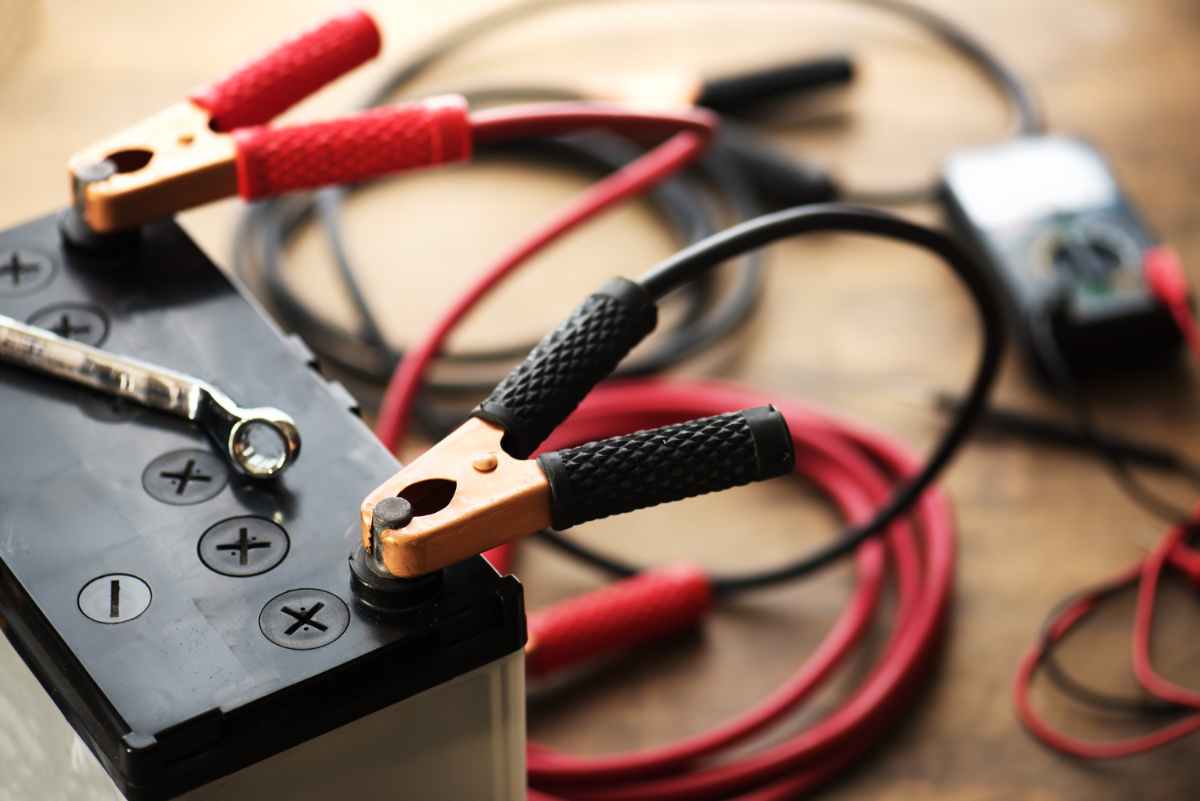
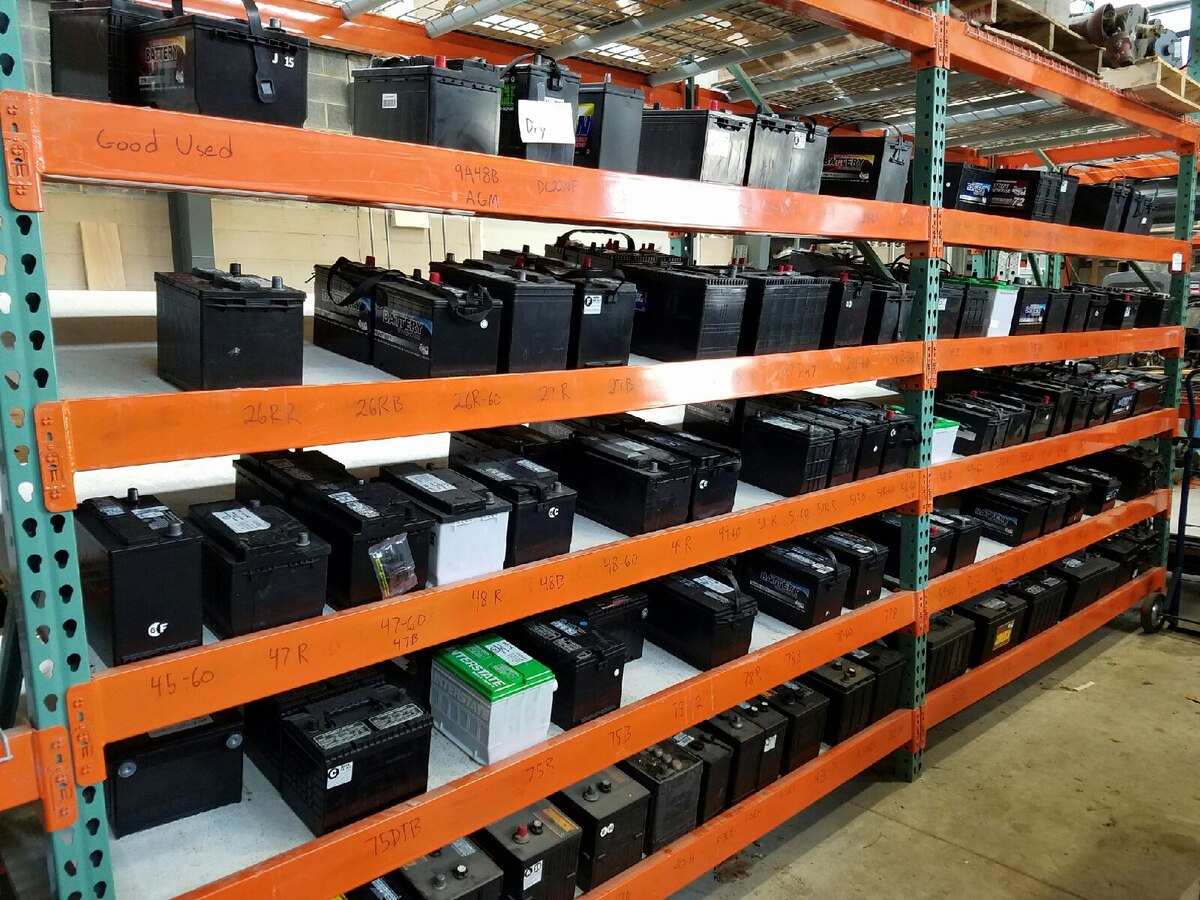
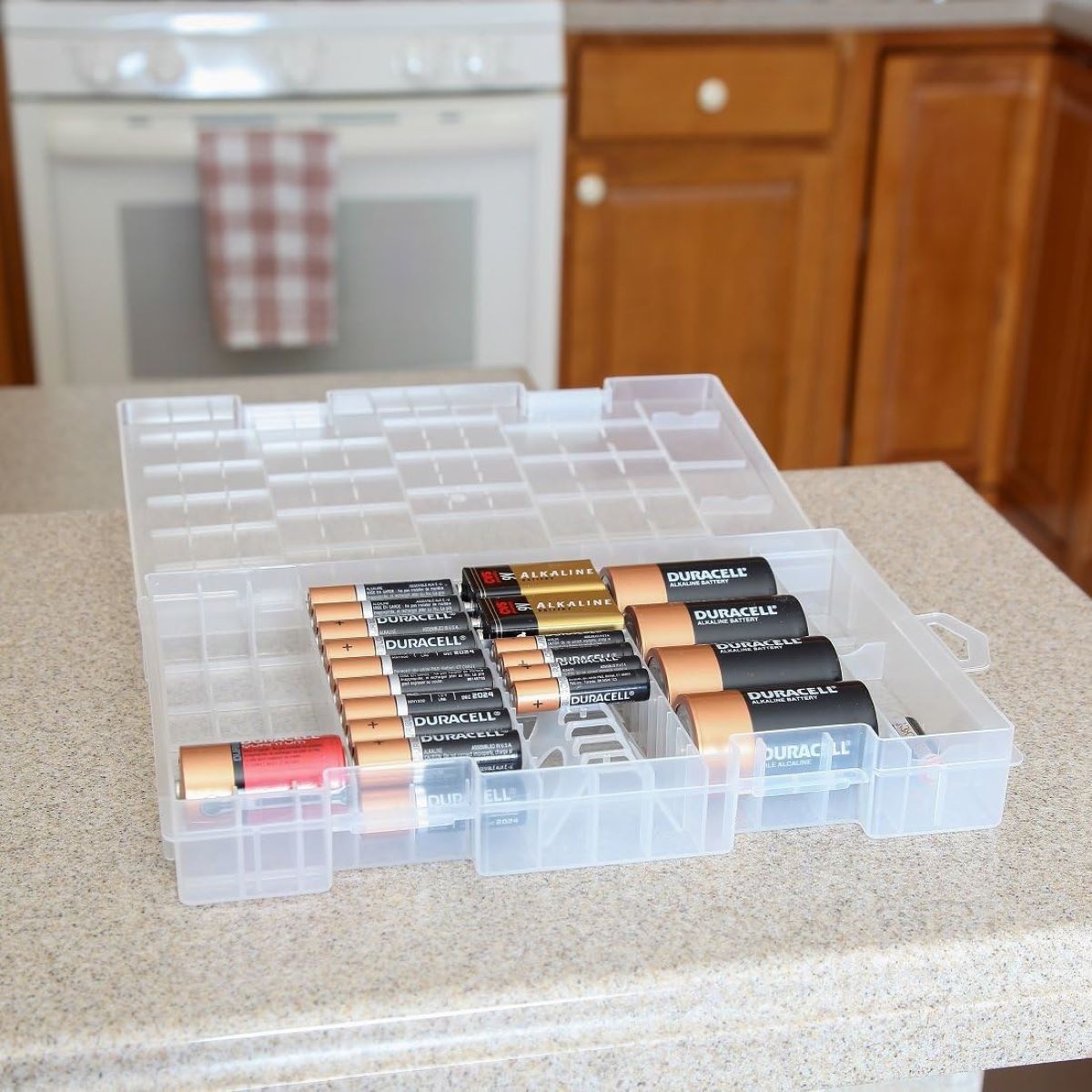
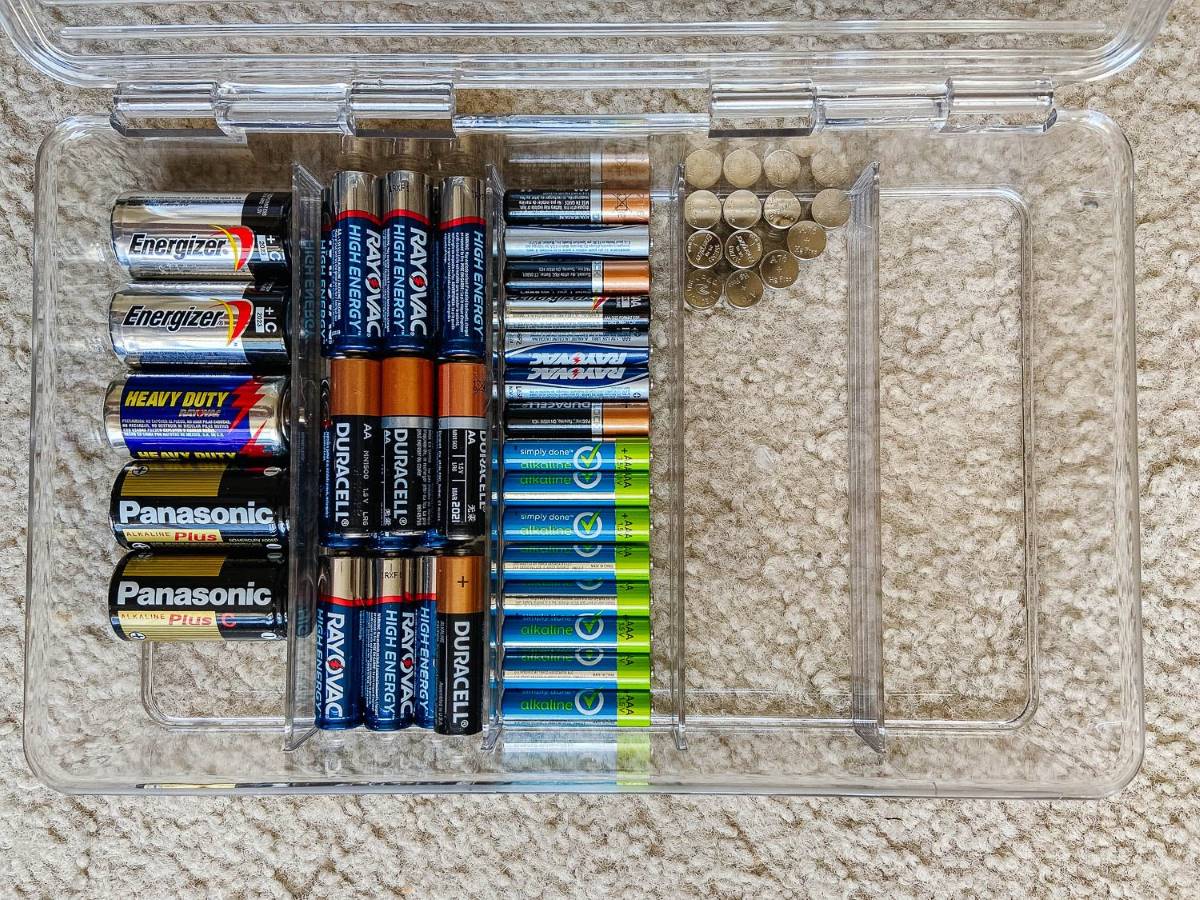





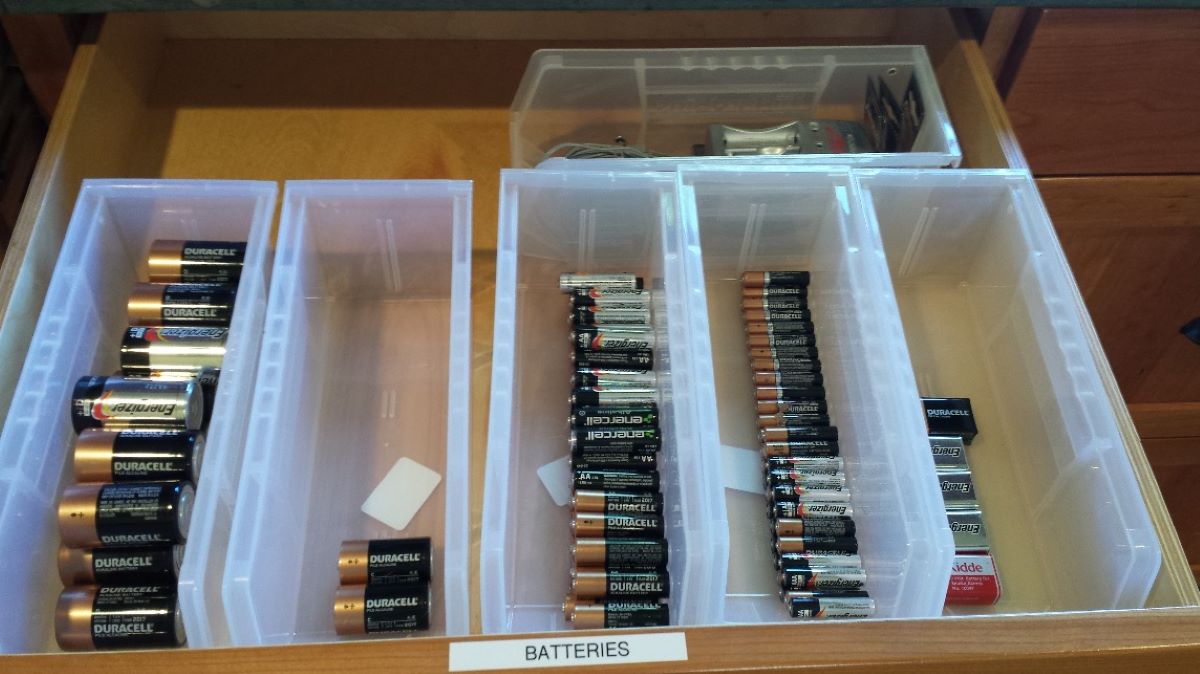
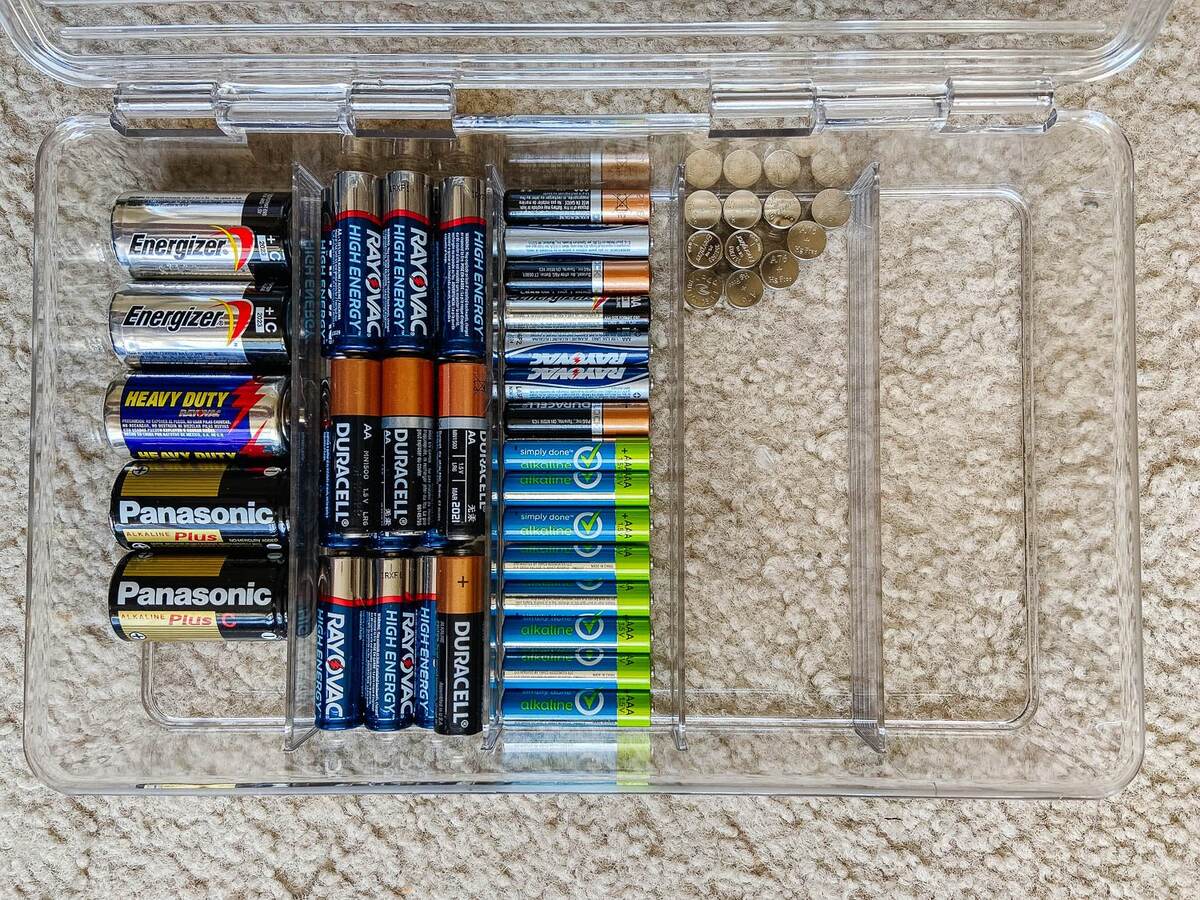


0 thoughts on “How To Store A Car Battery Indoors”